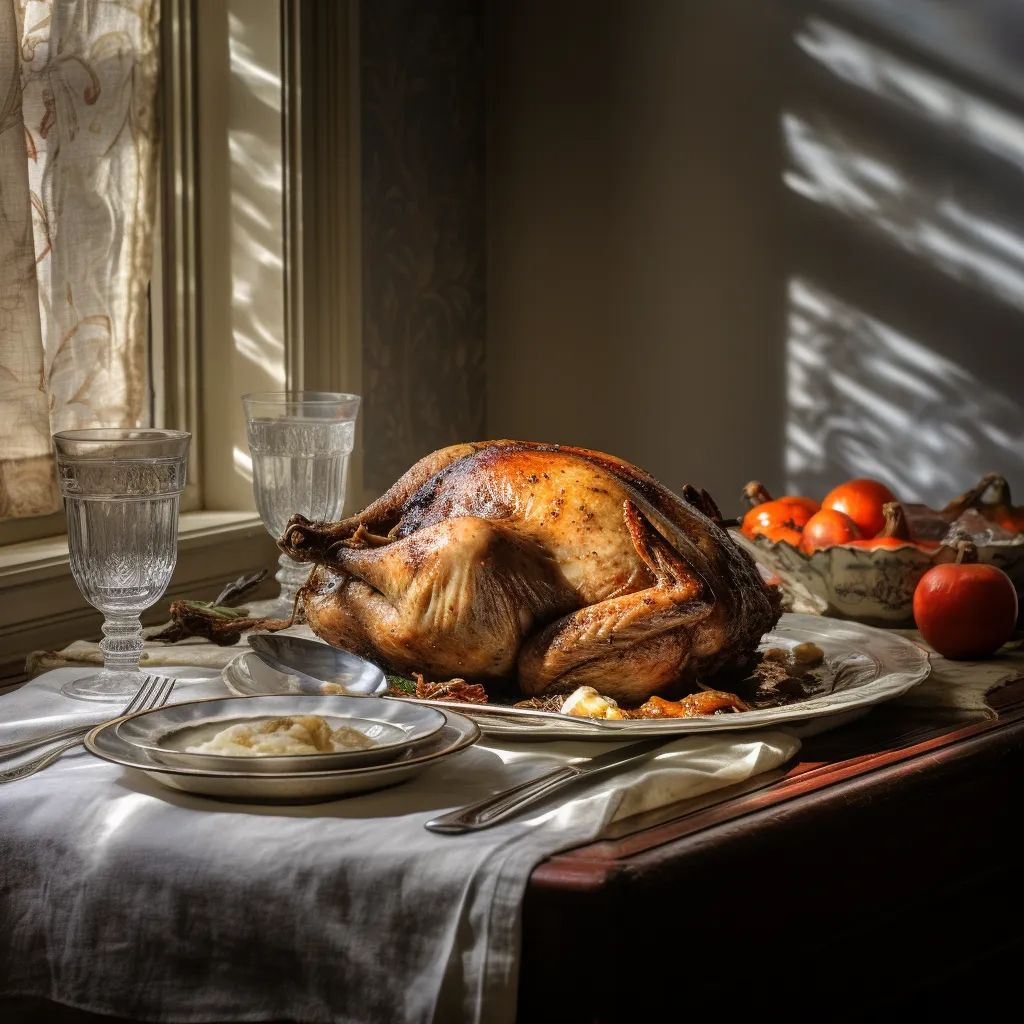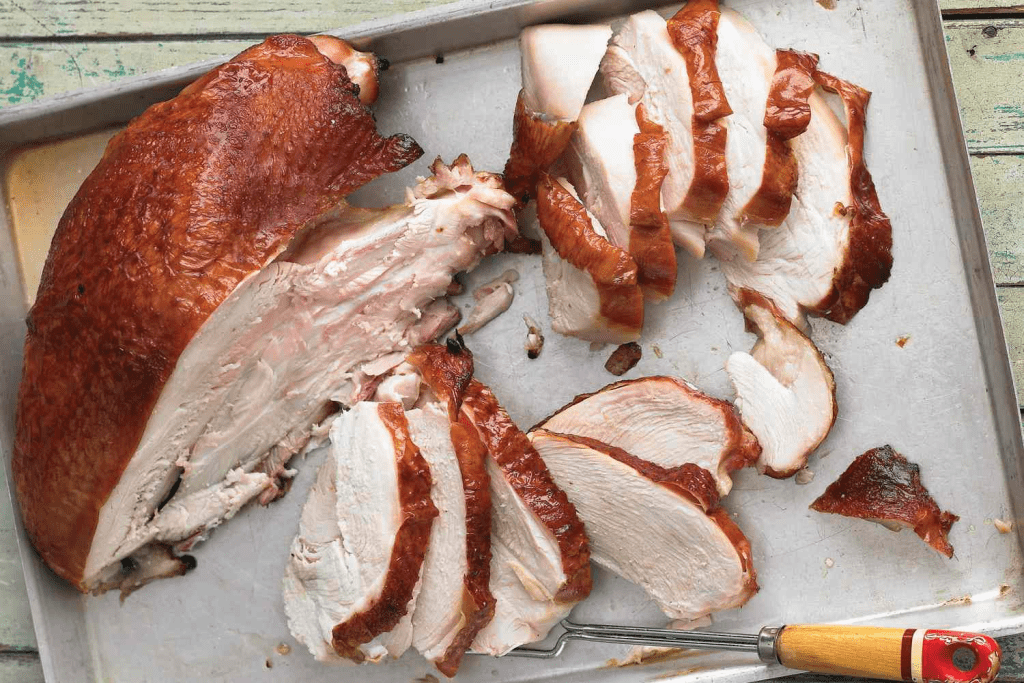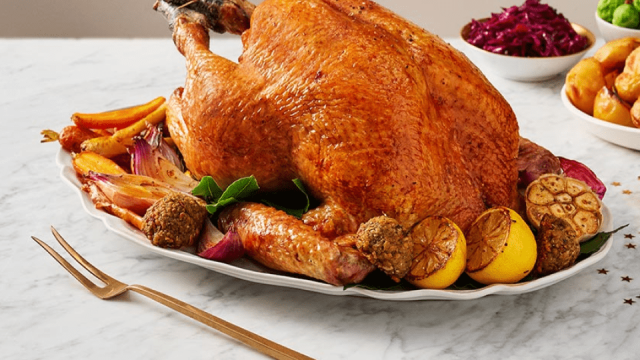After the excitement of holiday gatherings and the indulgence in delicious meals, many of us are left with one common question: how long will that leftover turkey last? Properly handling, storing, and consuming your leftover turkey is crucial for preventing food waste while also ensuring the safety of your family. In this guide, we’ll explore how long your turkey leftovers last, how to store them, and when it’s time to toss them out to avoid any risk of foodborne illness.
Refrigeration and Turkey Shelf Life

The key to preserving leftover turkey is refrigeration, which slows down bacterial growth and keeps the turkey safe to eat for a limited time. It’s essential to refrigerate the turkey within two hours of cooking it. The internal temperature of your fridge should be set to 40°F (4°C) or below to ensure food safety.
Once refrigerated, turkey leftovers have a limited shelf life:
- Whole turkey: 3 to 4 days
- Sliced or cut turkey: 3 to 4 days
For best results, store your turkey in airtight containers, or tightly wrap it in aluminum foil or plastic wrap to maintain freshness and prevent bacteria from contaminating the meat. Proper storage will help retain the flavor and texture of the meat for the few days it’s safe to eat.
Freezing Leftover Turkey for Longer Storage
If you’re not planning to eat all your leftover turkey within four days, freezing it is an excellent way to extend its shelf life. Frozen turkey, when stored correctly, can last much longer without losing its quality. Here are some guidelines for freezing turkey:
- Whole turkey: 2 to 6 months for best quality
- Sliced or cut turkey: 2 to 6 months for best quality
Before freezing, be sure to remove any stuffing, as stuffing doesn’t freeze well and could lead to food safety issues. Consider dividing your turkey into smaller portions to make future thawing and reheating more convenient. Use heavy-duty freezer bags or airtight containers to prevent freezer burn, ensuring your turkey maintains its moisture and flavor over time.
Signs Your Leftover Turkey Has Gone Bad
Even if you refrigerate or freeze your leftover turkey within the recommended time frames, it’s essential to stay alert for signs that your turkey may have spoiled. Eating spoiled turkey can lead to food poisoning, so it’s important to know what to look for.
Here are the warning signs that your turkey has gone bad:
- Unpleasant Smell: A sour or foul odor is a clear sign that your turkey has spoiled. Trust your sense of smell—if it doesn’t smell right, it’s not safe to eat.
- Slimy Texture: Turkey that feels slimy or sticky is a sign that bacteria have started to grow. A change in texture is one of the most noticeable signs of spoilage.
- Discoloration: Fresh turkey is a consistent color, usually white or light brown when cooked. If you notice gray spots, a greenish hue, or any strange discoloration, it’s time to throw it out.
- Mold: If you see any signs of mold, even in small patches, discard the turkey immediately. Mold is a definitive indicator that the turkey is no longer safe to eat.
If you’re ever in doubt, it’s always better to err on the side of caution and discard the turkey rather than risk a potential foodborne illness.
Proper Reheating for Safety

It’s not just about how long you store your turkey leftovers but also how you reheat them. Reheating leftover turkey to the proper temperature ensures that any lingering bacteria are killed, reducing the risk of food poisoning.
Always reheat leftover turkey to an internal temperature of 165°F (74°C). You can do this by using a food thermometer to check the internal temperature. Here are a few reheating methods to consider:
- Microwave: Place turkey in a microwave-safe dish, add a splash of water or broth to keep it moist, and heat until the internal temperature reaches 165°F.
- Oven: Preheat the oven to 350°F (175°C), place the turkey in an oven-safe dish covered with foil, and bake until heated through, checking the internal temperature regularly.
- Stovetop: For smaller portions, you can reheat turkey in a skillet over medium heat, adding a bit of broth or water to keep it from drying out.
Make sure to reheat your turkey thoroughly, and avoid reheating it more than once to maintain both safety and quality.
The Dangers of Consuming Spoiled Turkey
Consuming spoiled turkey can lead to foodborne illnesses, commonly caused by bacteria such as Salmonella and Clostridium perfringens, which can grow in improperly stored food. Symptoms of food poisoning may include nausea, vomiting, diarrhea, stomach cramps, and fever.
While refrigeration and freezing can slow down bacterial growth, they do not eliminate bacteria that may already be present on the food. That’s why it’s so important to follow the recommended storage and reheating guidelines.
Preventing Turkey Waste: Creative Leftover Ideas

Instead of letting your leftover turkey go to waste, why not get creative with it? Here are a few delicious ideas for transforming your leftovers into new meals:
- Turkey Sandwiches: Use leftover turkey to make a classic turkey sandwich with cranberry sauce, cheese, and fresh greens.
- Turkey Soup: Toss leftover turkey into a hearty vegetable or noodle soup for a warm and satisfying meal.
- Turkey Tacos: Shred your turkey and season it with taco spices, then serve in tortillas with fresh toppings like salsa, guacamole, and shredded cheese.
- Turkey Salad: Combine diced turkey with mayonnaise, celery, onions, and herbs for a refreshing turkey salad that’s perfect for sandwiches or wraps.
These ideas can help you enjoy your turkey leftovers while preventing food waste.
Conclusion: Enjoy Leftovers Safely
Leftover turkey is a holiday staple, and with the right storage techniques, you can enjoy it safely for days to come. By refrigerating or freezing it properly and watching for signs of spoilage, you can avoid the risks of foodborne illnesses. Always remember to reheat leftovers to the proper temperature and get creative with how you use your turkey so you can enjoy it long after the holiday meal is over.


